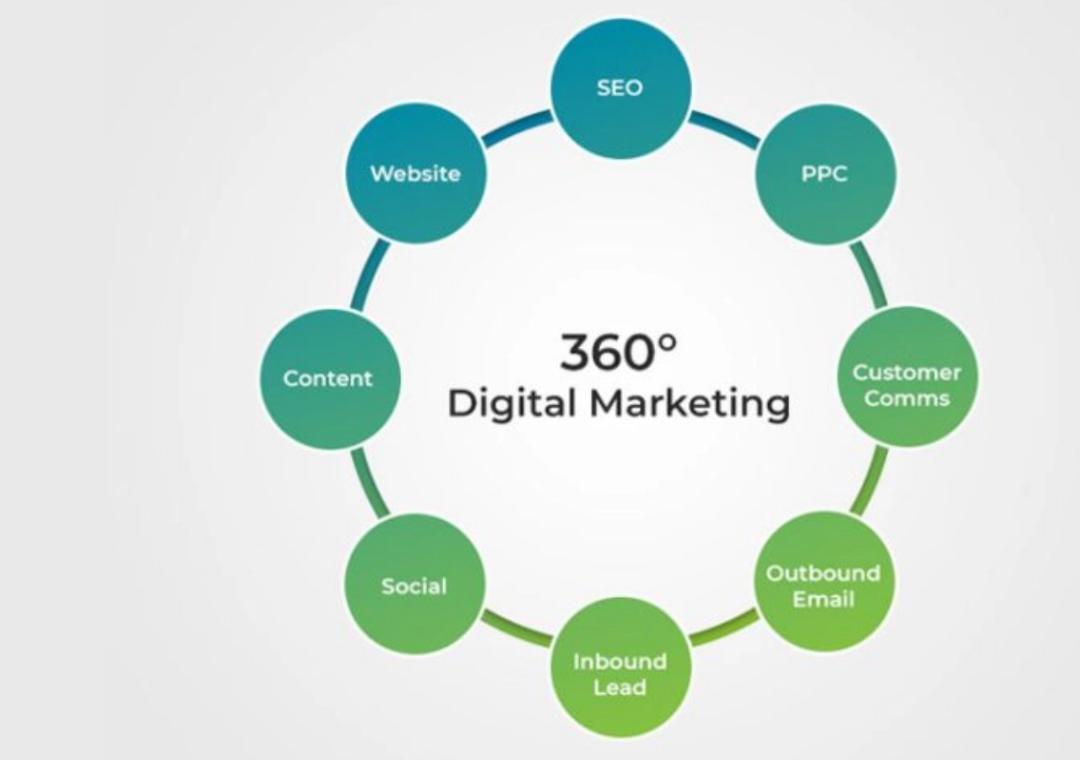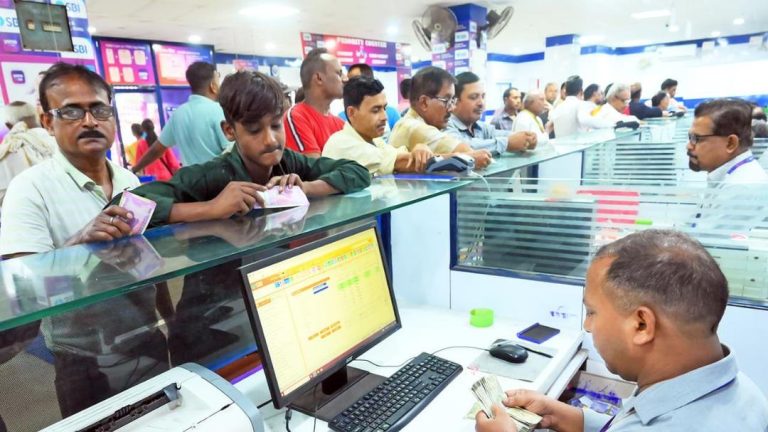
How Does 360° Digital Marketing Increase Engagement?
In today’s digital landscape, marketers are constantly seeking innovative ways to boost engagement with their target audience. With the rise of social media, mobile devices, and personalized content, the competition for attention has never been more intense. To stand out from the crowd, brands must adopt a comprehensive and integrated approach to digital marketing. Enter 360° digital marketing, a strategy that aligns content, SEO, email, paid media, and analytics across all customer touchpoints to drive higher retention and engagement.
In this post, we’ll delve into the world of 360° digital marketing, exploring its key components, benefits, and real-world examples of successful implementation. Whether you’re a seasoned marketer or just starting out, this guide will provide you with the insights and strategies needed to increase engagement and drive business growth.
What is 360° Digital Marketing?
360° digital marketing is a holistic approach that combines multiple digital channels and tactics to create a seamless customer experience. By integrating content, SEO, email, paid media, and analytics, brands can build a unified brand voice, streamline communication, and maximize the impact of their marketing efforts. This approach recognizes that customers interact with brands across multiple touchpoints, from social media to email, mobile to web, and each interaction is an opportunity to build trust, generate leads, and drive conversions.
Key Components of 360° Digital Marketing
- Content Strategy: A 360° digital marketing strategy begins with a content strategy that defines the brand’s messaging, tone, and visual identity. This includes developing a content calendar, creating engaging content formats (e.g., blog posts, videos, social media posts), and distributing content across channels.
- SEO: Search Engine Optimization (SEO) is critical to 360° digital marketing, as it ensures that content is optimized for search engines and appears in relevant search results.
- Email Marketing: Email marketing is a powerful tool for nurturing leads, building relationships, and driving conversions. A 360° digital marketing strategy incorporates email marketing campaigns, newsletters, and automated email workflows.
- Paid Media: Paid media, including social media ads, Google Ads, and sponsored content, is used to amplify reach, drive traffic, and generate leads.
- Analytics: Analytics is the backbone of 360° digital marketing, providing insights into customer behavior, campaign performance, and conversion rates.
Benefits of 360° Digital Marketing
- Improved Engagement: By integrating multiple channels and tactics, 360° digital marketing increases engagement and builds stronger relationships with customers.
- Increased Retention: A unified brand voice and consistent messaging across channels improve customer retention and reduce churn.
- Better Customer Insights: Integrated data tracking and analytics provide deeper insights into customer behavior, preferences, and pain points.
- Increased Conversions: 360° digital marketing drives conversions by targeting the right audience, at the right time, with the right message.
- Cost Savings: By streamlining marketing efforts and leveraging data-driven insights, brands can reduce waste and optimize their marketing budget.
Real-World Examples of 360° Digital Marketing
- Coca-Cola’s “Taste the Feeling” Campaign: Coca-Cola’s global marketing campaign integrated content, social media, and email marketing to promote a new brand identity and message.
- L’Oréal’s “Beauty Squad” Program: L’Oréal’s influencer marketing program leveraged social media, email, and content marketing to build brand awareness and drive sales.
- Starbucks’ “Rewards” Program: Starbucks’ loyalty program integrated email marketing, social media, and mobile app notifications to reward customers and drive repeat business.
Best Practices for Implementing 360° Digital Marketing
- Define Your Brand Voice: Establish a clear brand voice and messaging across all channels.
- Integrate Data Tracking: Use analytics to track customer behavior, preferences, and pain points across channels.
- Create a Unified Content Calendar: Develop a content calendar that outlines content creation, distribution, and promotion across channels.
- Leverage Paid Media: Use paid media to amplify reach, drive traffic, and generate leads.
- Monitor and Optimize: Continuously monitor performance, track KPIs, and adjust marketing strategies to optimize results.
Conclusion
360° digital marketing is a powerful approach that can significantly increase engagement and drive business growth. By integrating content, SEO, email, paid media, and analytics across all customer touchpoints, brands can build a unified brand voice, streamline communication, and maximize the impact of their marketing efforts. Whether you’re a seasoned marketer or just starting out, adopting a 360° digital marketing strategy can help you stay ahead of the competition and achieve your business goals.
Source:
https://www.growthjockey.com/blogs/increase-engagement-with-360-digital-marketing






